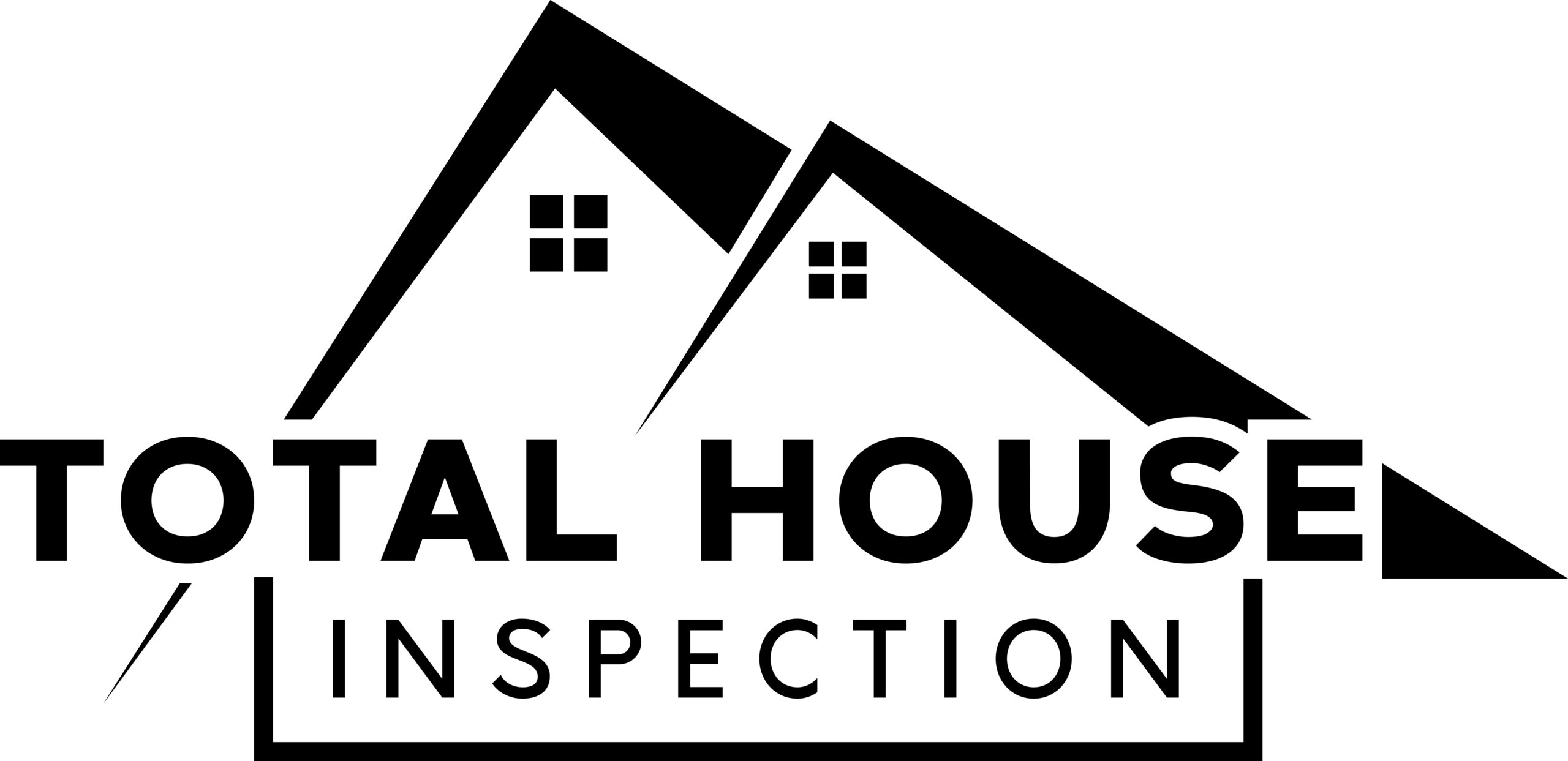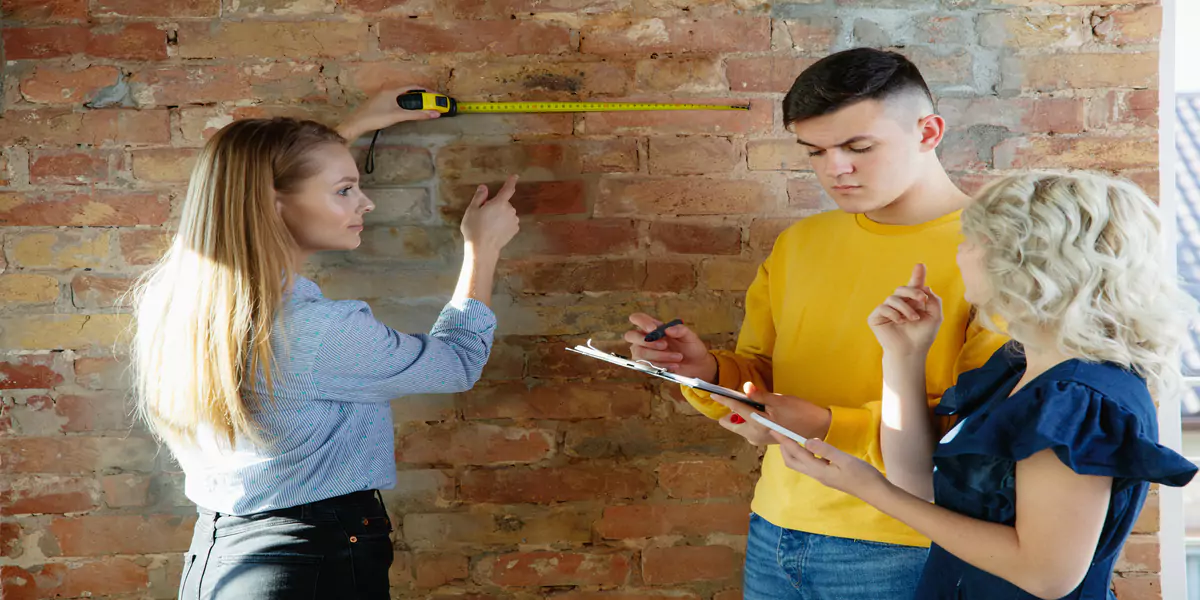We won't be overstating if we call home inspections a…

Top 5 FAQs About A Home Inspection Report
A home inspection is an objective examination of the physical condition of a property, typically performed by a licensed professional. A home inspection is critical to any real estate transaction, mortgage, or insurance company. Understanding what is included in a typical home inspection and the potential implications for your specific situation is essential.
Home inspections are often required by lenders as part of the loan approval process and are also commonly requested by buyers before completing a purchase. A home inspection aims to identify any major defects or problems with the property that could impact its value or function. Inspectors also provide recommendations for repairs or maintenance that should be completed to maintain the property in good condition.
While a home inspection in Royal Oak is not required in every real estate transaction, it is highly recommended to avoid any unforeseen problems down the road. If you are buying a property, request a copy of the seller’s inspection report so you can review it before making an offer. If you are selling a property, consider ordering an inspection ahead of time so that you can address any issues before potential buyers see them.
What’s included in a home inspection report?
A home inspection report includes the following;
General summary with major issues:
A home inspection report includes a general summary of the property’s condition, focusing on any major issues discovered during the inspection. This section in the report will help you understand the home’s overall condition and identify any potential problems that may need to be addressed.
Details about major home systems:
The report also includes detailed information about the condition of the home’s major systems, including the electrical system, plumbing, HVAC system, and roof. This information will help you understand the condition of these critical components and determine if any repairs or replacements will be necessary.
Condition, functionality, current condition, replacements, and repairs:
In addition to the general summary and details about major systems, the report should also include information about the overall condition of the home, its functionality, and any current or potential problems with repairs or replacements. This section will help you understand what work may need to be done to maintain or improve the condition of your home.
What is not included in a home inspection report?
The inspector will look around for any visible signs of damage, but he will not look inside the walls to check for any signs of water damage, mold, or structural issues. If the inspector suspects that there may be an issue with the home’s structure, they may recommend further investigation by a licensed contractor, but they will not offer repair services themself.
The inspector will not evaluate the condition of the septic system. However, they may note any visible signs of damage or deterioration. If the home is on city sewer, the inspector will not comment on the condition of the septic system. The inspector will not offer their opinion on whether buying a home is good or bad. They will simply provide a report of their findings, and it is up to the buyer to decide if they want to proceed with the purchase.
How to Decipher a home inspection report?
A home inspection report can be confusing and full of technical jargon that is difficult to decipher. However, it is essential to understand what is included in the report to make informed decisions about your potential new home. Here are some tips to help you decode a home inspection report:
-Request a copy of the inspector’s standard report form before the inspection so you know what to expect.
-Read the entire report, even if you don’t understand the jargon. Highlight any items you have questions about and ask your real estate agent or the home inspector for clarification.
-Focus on major concerns rather than minor cosmetic defects. A few cracked tiles in the bathroom may not be a deal-breaker, but severe structural issues should be addressed before moving forward with the purchase.
Decoding a home inspection report can minimize any unpleasant surprises during home buying.
What are some of the red flags in a home inspection report?
The foundation, roof, HVAC, electrical, and plumbing systems are all significant components of a home. If these systems are not up to par, it can be a red flag in a home inspection report.
The Foundation
The foundation is the most crucial part of a home. It supports the entire structure, and the rest of the home will be compromised if it is not sound. Foundation problems are often serious and expensive to repair. A cracked foundation or one that is settling can be a major problem. If your home inspector finds evidence of foundation problems, be sure to have them repaired as soon as possible to avoid further damage.
The Roof
The roof is also a crucial part of a home. It protects the interior from the elements, and if it is in poor condition, it can lead to leaks and other damage. Another common and costly issue, roof damage, can lead to severe problems if left unrepaired. If your home inspector finds evidence of roof damage, be sure to have it repaired as soon as possible.
The HVAC
The HVAC system keeps the home comfortable year-round. If it is not working correctly, it can be a major inconvenience and even lead to health problems. HVAC systems are more of a concern in older homes because they have neared their life span and may need a replacement.
The Electrical System
The electrical system powers everything in the home. It can be a fire hazard if it is not up to code or has outdated wiring. Electrical problems can be dangerous and expensive to repair. If your home inspector finds evidence of electrical problems, be sure to have them repaired as soon as possible.
The Plumbing System
The plumbing system provides fresh water to the home and carries away waste. If it is not functioning correctly, it can lead to sanitation issues and water damage. Water damage is one of the most common and costly problems reported in home inspections. If your home inspector finds evidence of water damage, it must be repaired immediately to prevent further damage.
What To Do About Issues in Your Home Inspection Report?
Like most home buyers, you probably don’t know what to do about issues in your home inspection Royal Oak Michigan report. It’s important to realize that not all issues reported in a home inspection are serious problems. Some issues are informational or observational and won’t present a current problem. Focus on genuine problems and potentially expensive issues, and don’t ask the seller for minor repairs or overwhelm him with requests. Knowing which problems need to be addressed immediately from the ones that can be delayed is important and saves you time and money.



